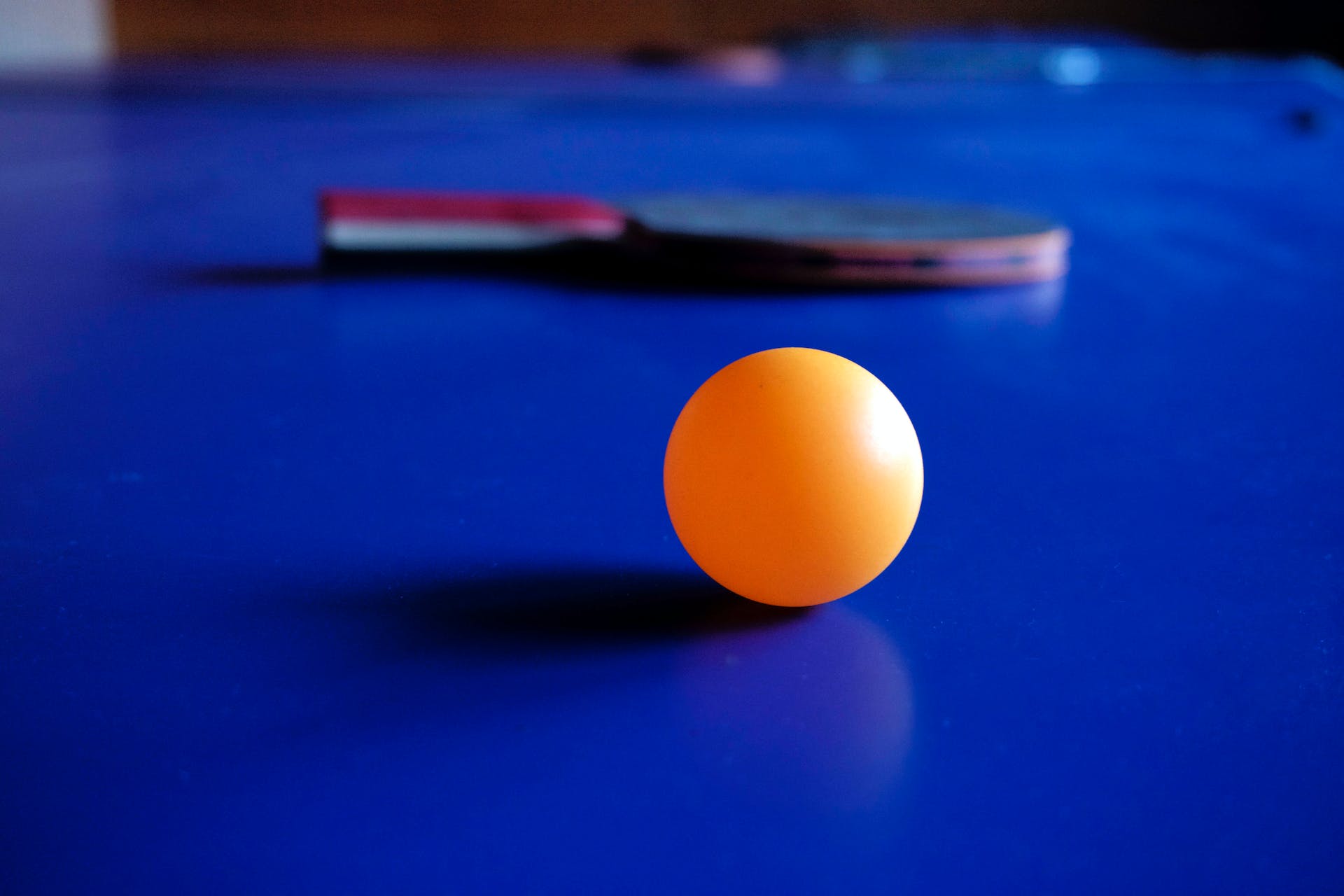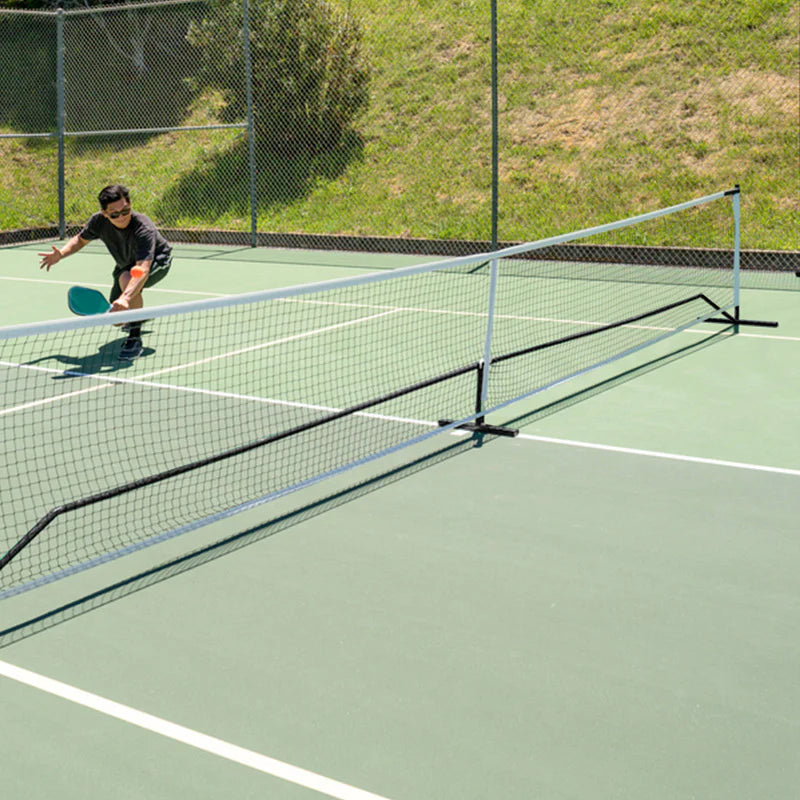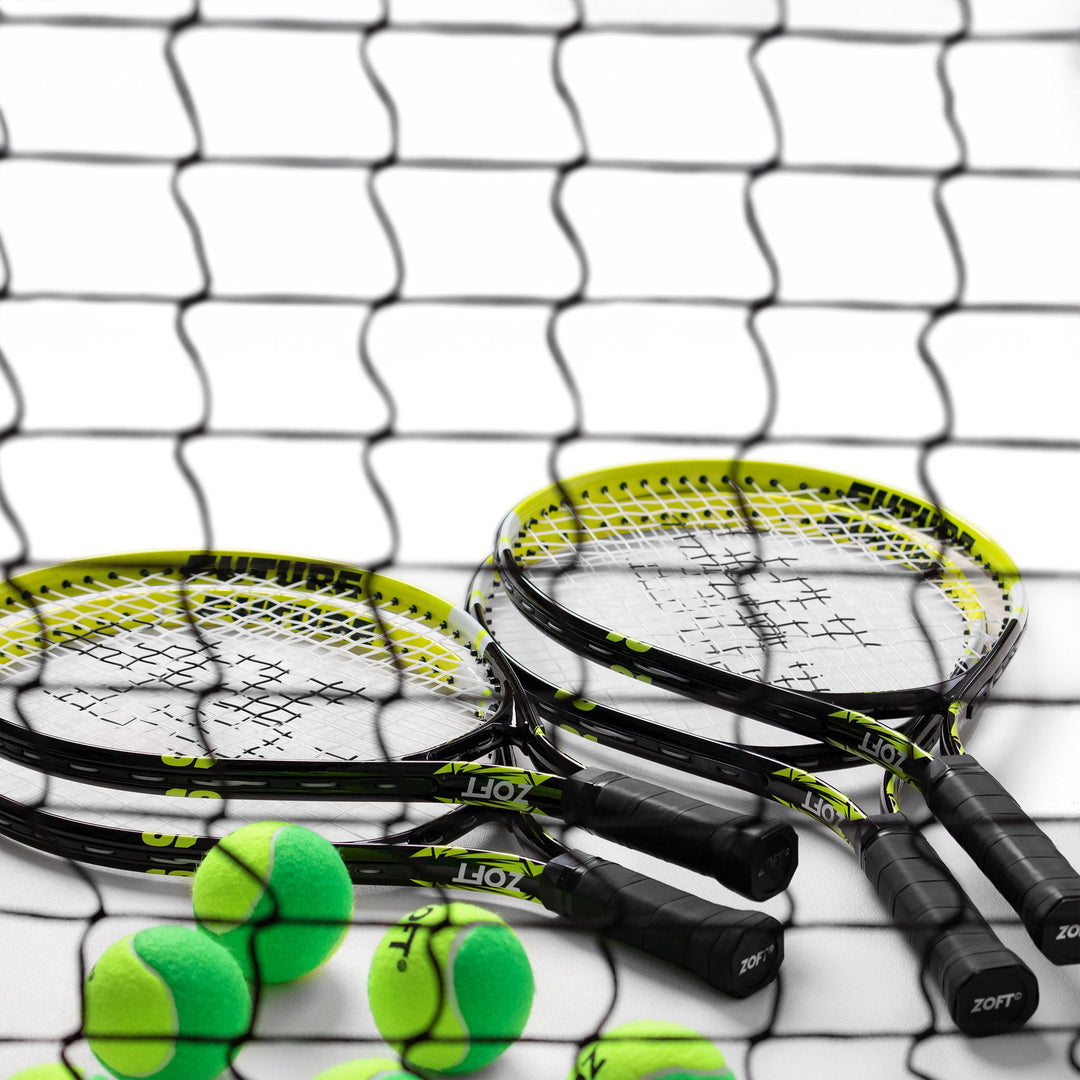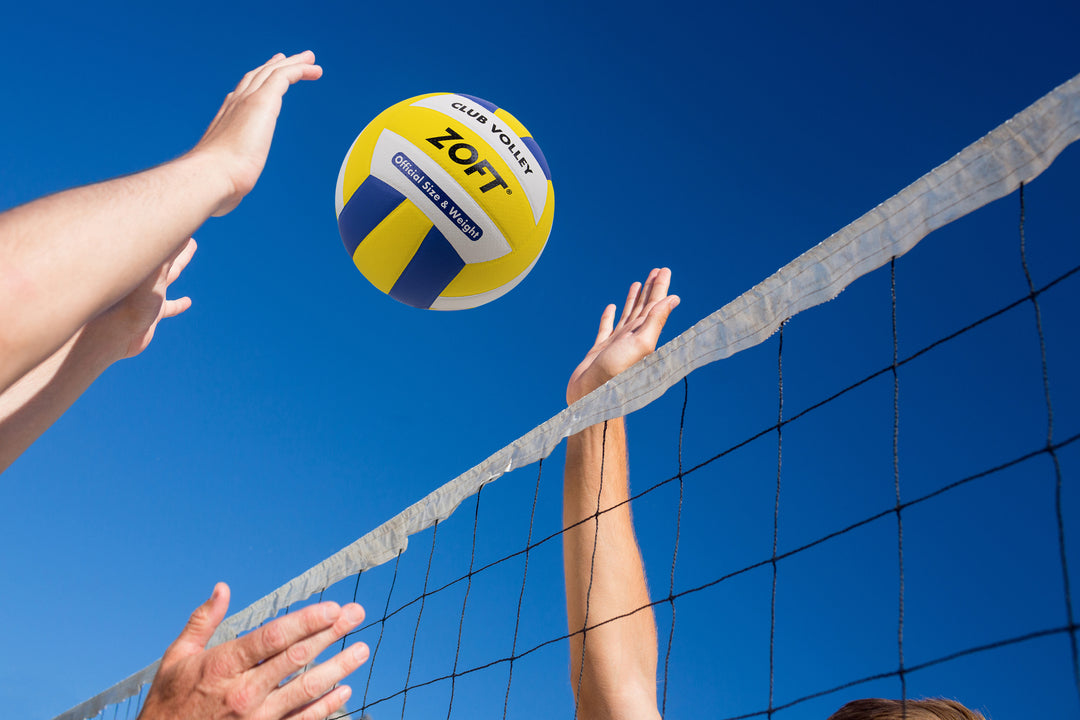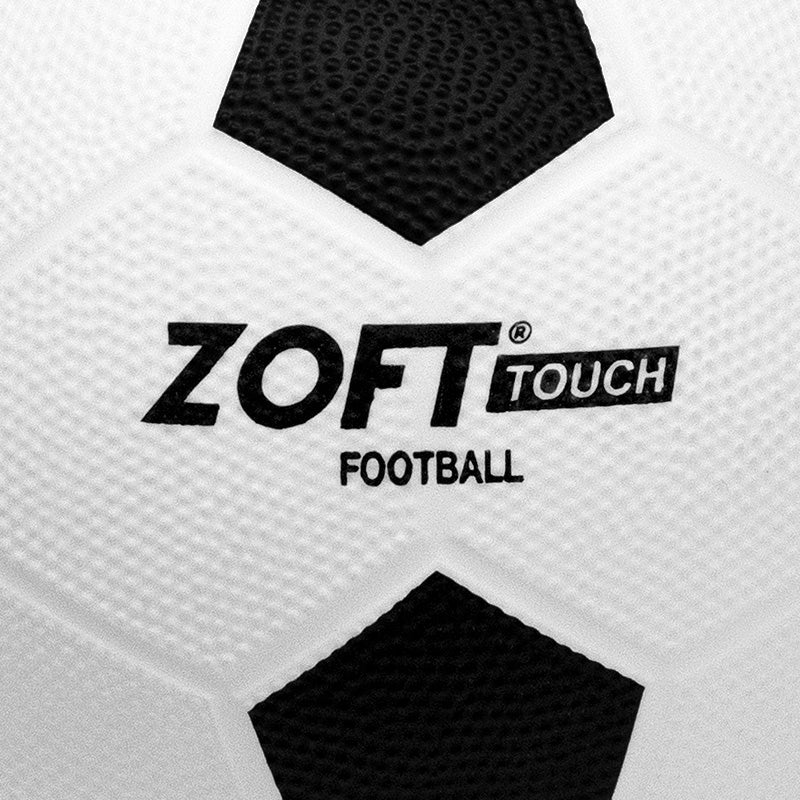Table tennis, also popularly known as ping-pong, has a fascinating history deeply rooted in the Victorian era. Originating from England in the late 1800s, the game was initially a leisure activity for the upper classes and was often played as an after-dinner parlour game. Inspired by lawn tennis, table tennis was developed as an indoor alternative, with the first players making use of makeshift equipment such as champagne corks and drum rackets.
Over the years, table tennis has evolved significantly, growing from a post-dinner amusement to a globally recognised sport, complete with its world championships and a place in the Olympic games. Its appeal is universal, transcending age, gender, and skill level making it one of the most popular sports worldwide.
Understanding the rules of table tennis is crucial to fully appreciate and excel in this fast-paced game. The rules not only provide structure and fairness but also add to the excitement and strategic depth of the sport. In this blog, we will delve into the essential rules of table tennis, providing both newcomers and seasoned players with a comprehensive guide to this dynamic sport.
Basic Objective of the Game
The fundamental objective of table tennis is relatively straightforward - to hit the ball so that your opponent cannot make a valid return. To win a point, players aim to strike the ball in such a way that it bounces once on their side of the net and then again on their opponent's side. If the opponent fails to return the ball, hits it into the net, or strikes it so that it doesn't bounce on the other side, they lose the point.
Table tennis can be played as either a singles or doubles game. In a singles match, one player competes against another, with each player serving for two points in a row before switching. Doubles play involves teams of two, where the complexity increases as players must alternate hits with their teammate. In both forms, the game requires a delicate balance of offensive and defensive strategies, quick reflexes, and precise control.
Whether you're playing individually or as part of a team, the ultimate goal remains the same: outsmart and outplay your opponent to accumulate points and win the match. The beauty of table tennis lies in its simplicity and the endless tactical possibilities it offers, making every game uniquely challenging and exciting.
Table Tennis Equipment and Setup
When it comes to setting up for a game of table tennis, having the right equipment is crucial. The basic table tennis set typically consists of a table, a net, table tennis bats (also known as paddles or rackets), and table tennis balls.
The table used for this sport is rectangular, 9 feet long, 5 feet wide, and 2.5 feet high, divided into two equal squares by a net that stands 6 inches high. It's usually painted in a dark, matte color to contrast with the white or orange table tennis balls, which are small, light, and typically made of celluloid or similar plastics.
The table tennis bat is perhaps the most personal piece of table tennis gear. They come in various shapes and sizes, but all feature a short handle and a round striking surface covered in rubber. The type of rubber can significantly impact the speed, spin, and control a player has over the ball, allowing for a vast range of playing styles.
In terms of player positioning, in a singles game, each player stands on one half of the table. In a doubles match, teammates stand side by side and must alternate strikes on the ball. Positioning is key in table tennis; players need to be able to move quickly and fluidly around their side of the table to respond effectively to their opponent's shots.
In essence, the right table tennis gear - a quality table, net, bat, and balls - coupled with an understanding of the game's layout and player positioning, sets the stage for an exciting and competitive match.
Serving Rules
Understanding the serving rules is a crucial part of mastering table tennis. The serve begins the rally and sets the tone for the gameplay. According to the International Table Tennis Federation, there are several requirements for a legal serve.
First, the ball must rest freely on the open palm of the server's stationary free hand. The server then tosses the ball vertically upwards, without imparting spin, at least 16cm high from the palm of a hand, and it should rise and fall without touching anything.
As the ball is falling, the server strikes it so that it first bounces on their side of the table once before going over the net and bouncing on the receiver's side. If the ball touches the net but still lands on the opponent's side, it is termed a 'let' and the server gets another chance to serve.
In singles play, the ball can land anywhere on the table. However, in doubles, the ball must touch the right half court of both the server and the receiver. This means the serve goes diagonally from the server's right-hand side to the receiver's right-hand side.
These rules ensure that the serve is fair and gives the receiver a reasonable chance to return the ball, keeping the game competitive and exciting. It's worth noting that the service rules can be one of the most challenging aspects of table tennis for beginners, but with practice, it becomes second nature.
Scoring in Table Tennis
Scoring in table tennis is straightforward yet competitive. A player scores a point if their opponent fails to make a legal return, hits the ball into the net, or if the ball bounces more than once on their side of the table. The first player to reach 11 points wins the game, provided there is at least a two-point difference. If the score reaches 10-10, the game continues until one player leads by 2 points. This situation is known as 'deuce.'
During deuce, players alternate serving after each point instead of every two points as in the rest of the game. The player who gains a two-point lead first wins the game. Deuce can extend the game significantly, adding an extra layer of tension and excitement.
The scoring system is the same for both singles and doubles matches. However, in doubles, teammates must alternate turns hitting the ball, which can add an additional strategic element to the game. Understanding how points are awarded and the concept of 'deuce' is crucial for both playing and appreciating the game of table tennis.
Commonly Asked Questions
- What happens if the ball hits the net during a serve? If the ball hits the net but still lands on the opponent's side during a serve, this is known as a 'let.' The serve is retaken, and no points are awarded.
- Is it legal to hit the ball before it bounces on my side of the table? No, you must let the ball bounce on your side of the table before returning it. If you hit the ball before it bounces, your opponent is awarded a point.
- Can a player lose a point even if they didn't touch the ball? Yes, if a player or their paddle (whether in hand or not) touches the playing surface during a rally, or if the free hand touches the playing surface, they lose the point.
-
What if the ball hits the edge of the table? If the ball hits the top edge (the side facing the opponent) of the table and bounces off, it is still in play. However, if it hits the side edge (vertical sides of the table), it's considered out. - Can I use both sides of the paddle to hit the ball? Yes, you can use either side of the paddle to hit the ball. However, both sides must be clearly different colors (usually red and black) to prevent confusion for the opponent.
To conclude, understanding the rules of table tennis is integral to enjoying and excelling at the game. From the correct way to serve and return to the intricacies of scoring and the concept of 'deuce', every rule adds a layer of strategy, competitiveness, and excitement to the game. The serving rules set the tone for each rally, while the scoring system keeps the game fair and thrilling up until the last point.
Table tennis is not just about quick reflexes and agility, but also about tactical strategies and understanding the rules.Keeping rules in mind will not only help you become a better player but also deepen your appreciation for this fast-paced and strategic sport.


